Business Collections
Recolight offer free lamp collections and recycling for business lamps covered by the WEEE Regulations. This service is free because we operate as a non-profit organisation, funded by our Members, the lighting industry. We also offer recycling services for luminaires, batteries and electrical items.
If you’re a signed up Recolight Collection Point
GO TO > Recoweb to book your collection.
If you’re new to Recolight, please have a look at the recycling services we offer.
On the pages for business end users you’ll find help for
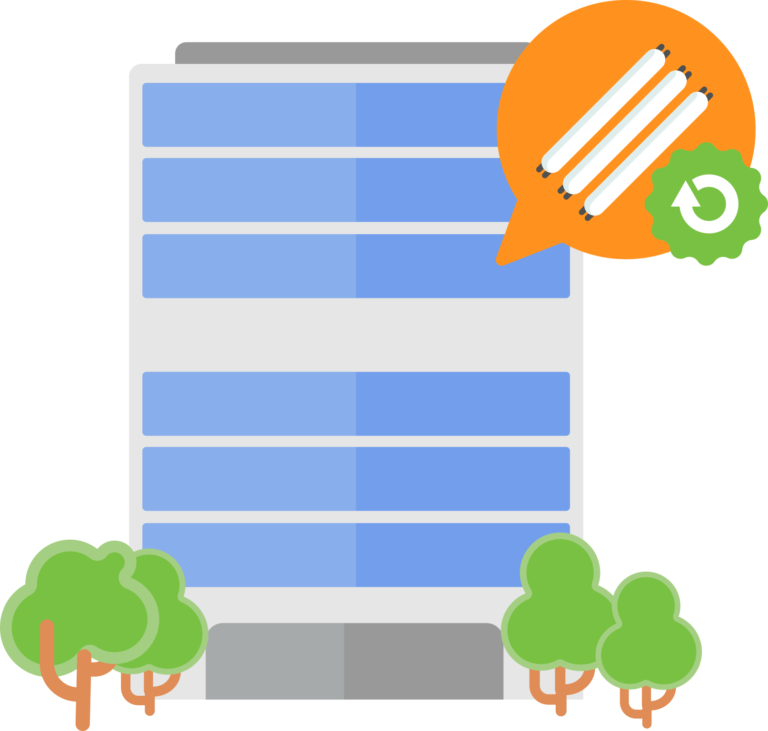
RecoWeb
Your portal for scheduling collections and registering for new services
Lamp Recycling Services
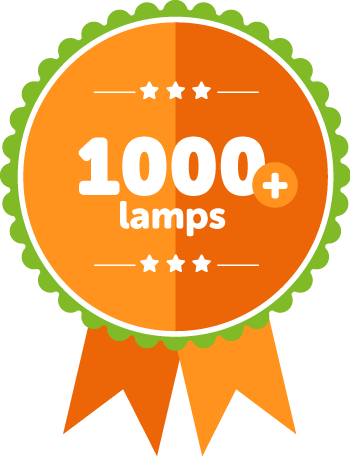
SERVICE OPTION 01
MORE THAN 1000 (200kg) LAMPS IN 6 MONTHS
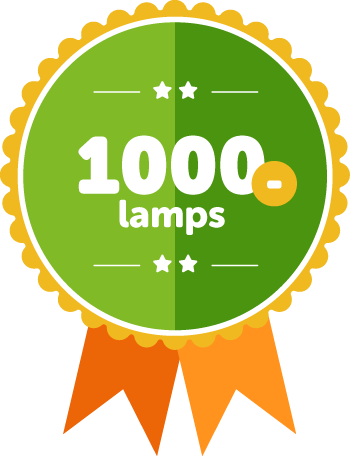
SERVICE OPTION 02
LESS THAN 1000 (200kg) LAMPS IN 6 MONTHS

SERVICE OPTION 03
ONE OFF – ADHOC COLLECTIONS
for 1000 (200kg) lamps and above
Recolight recycle all electrical items
Recolight collect and recycle electrical items covered by the WEEE Regulations – and batteries too – providing you with a complete WEEE recycling service.
Recolight provide FREE lamp recycling. We can do this because we are a not for profit company, funded by our Members in the lighting industry. This also means we can recycle other WEEE for at a competitive cost.

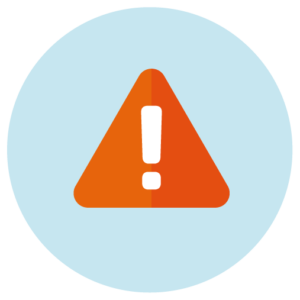
Risk Assessment
A risk assessment identifies all hazards on your site and works out how best to control those risks to an acceptable level
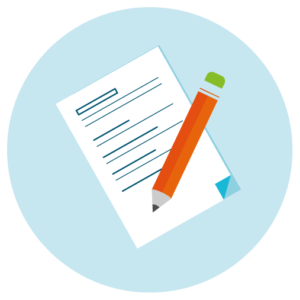
Consignment Notes
Consignment notes make sure the waste is managed responsibly from where it’s produced through to its final destination. With Recolight, consignment notes are FREE.

Electrical Waste Collections
Storing waste lamps, Luminaires and Batteries
Lamps are fragile and need to be handled with great care. Batteries and light fittings also need to be stored correctly.
To help you avoid unnecessary costs, please follow our guidance for the correct handling and storage.

Moving Waste Lamps
Find out how to move your waste lamps across the UK. Guidance on licenses and the difference across the UK are explained.
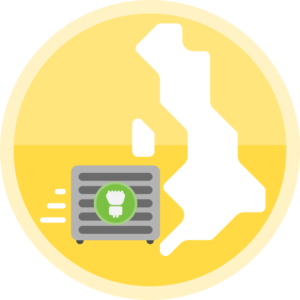
Helping Wholesalers
When you join our network, you can choose to have an open collection point. Your site will be listed on our map. Helping to promote your business.
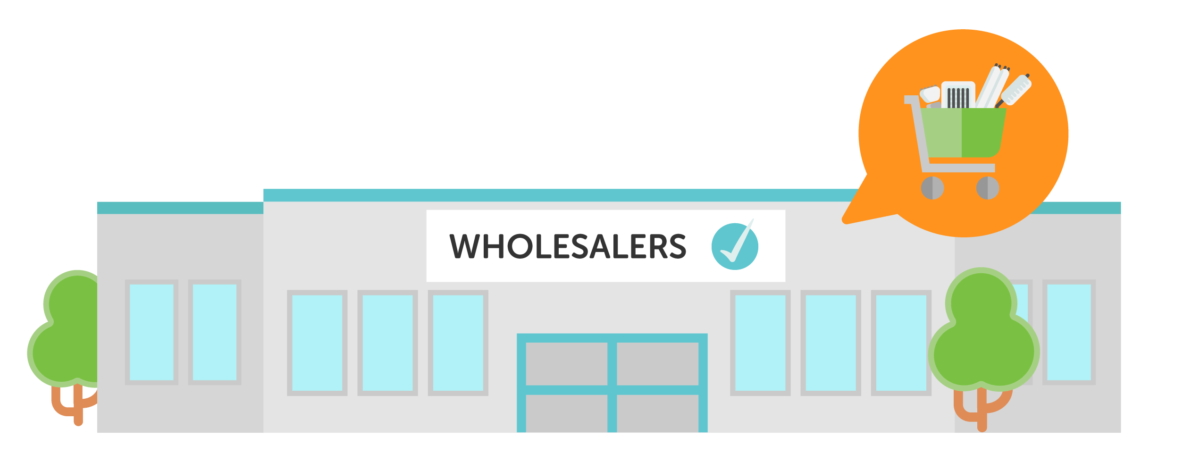
Recolight Service Level Agreement
Helping you stay compliant
The Recolight service level agreement (SLA) has been written to make sure that you and Recolight are compliant, and to keep your service free.
Find out more about our service and how to avoid unnecessary charges.
USEFUL LINKS & DOWNLOADS
Links to government department pages and Associations of benefit to the Lighting Industry, key lighting news sites and documents downloads for Recolight and Environment Agency.

